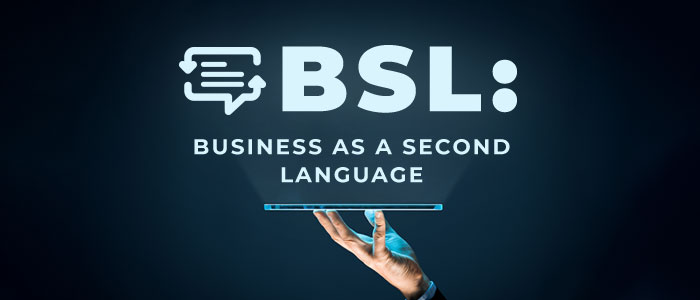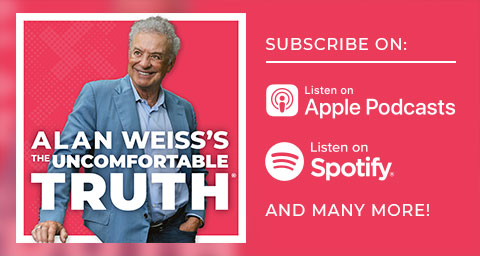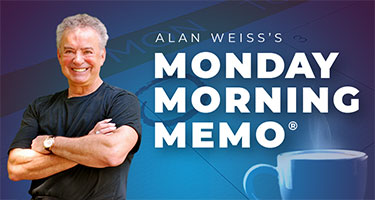|
There isn’t going to be a “return to normal” nor a “new normal.” That’s just silly. It’s as if we’ve learned absolutely nothing. So what are we looking at?
We’re looking at “no normal.”
That means we’re anticipating turmoil, disruption, discontinuity, volatility, and all the other “buzzwords” that denote constant change. One of the key distinctions is that we should be creating the change, not dancing with it, or defending against it, or dodging it as if we’re in some crazy game of “murder ball.”
This should surprise exactly no one (though it will surprise most). Peter Drucker wrote The Age of Discontinuity in 1968, the year I was graduated from college and before most of your births, probably.
“Normalcy” has never been anything to be worshipped. I wouldn’t like being called “normal.” (“Normal schools” were created in the early 19th Century to train teachers. I’ll leave that with you to consider.) No one who excels is called “normal”—they’re called “champions” or “all stars” or “winners.”
But the key reason to eschew “normal” and stop relying on it as some kind of linguistic crutch is that we need to create change in order to survive. To improve, to succeed, to grow is to change. To help others is to help them to change.
We need to see volatility and disruption as effective, offensive weapons of change. We’re facing social justice issues, climate threats, educational deficiencies, immigration challenges, and health crises that can only be addressed and improved through deliberate and effective change. If we just sit around awaiting and sustaining “normal” we’ll see increased health problems, worsening economic disparities, and immense social inequities.
Our election systems would seem to demand change at regular intervals, but we wind up with too many career politicians in “safe seats.” We’re still educating kids the way they did 200 years ago, “warehousing” them by age group, ignoring the customer (the student), and allowing unions to trump parents’ needs.
If you want to “return to normal” I suggest you buy Ronnie Milsap’s great recording, “Lost in the Fifties.” You can watch a black and white TV, drive a Ford Fairlaine, smoke a Lucky Strike, and go bowling. You could send your kid to one of those “Normal Schools,” by then called “state teachers colleges.”
But if you’d rather prepare for and be an important part of the future, then forget about “normal.” Create the “no normal.”
|















